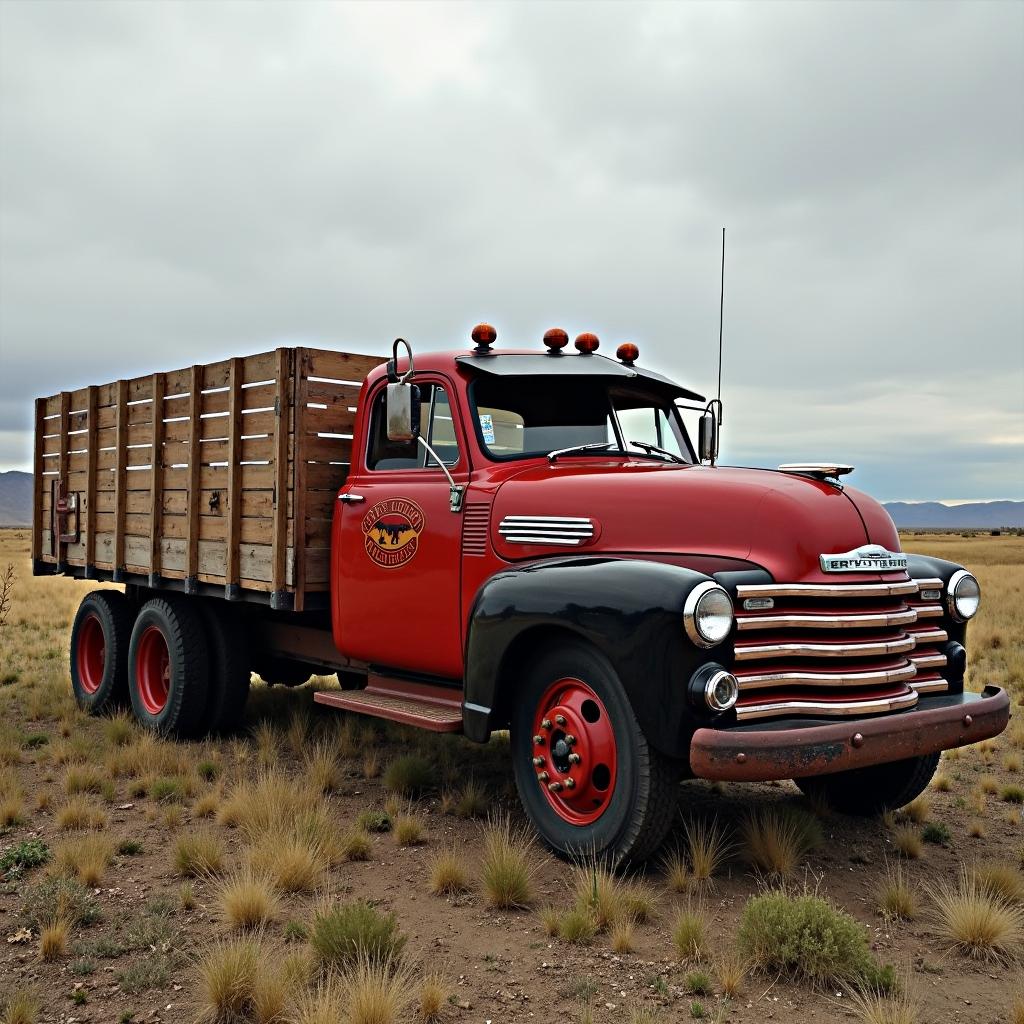The Fascinating History of American Trucking
When you see an 18-wheeler cruising down the interstate today, you’re witnessing the latest chapter in the remarkable history of American trucking – a story that spans over a century and mirrors America’s own journey of growth and innovation. From humble beginnings with primitive vehicles to today’s sophisticated logistics networks, the evolution of trucking has been instrumental in shaping our modern economy.
The Early Days: Birth of Commercial Trucking (1890s-1920s)
The dawn of American trucking began in the late 19th century, as the first gasoline-powered vehicles started replacing horse-drawn carriages. In 1896, Gottlieb Daimler created what many consider the first truck prototype, sparking a revolution in commercial transportation. This innovation quickly caught on in America, where entrepreneurs recognized the potential of motorized freight movement.
The early trucks were basic by today’s standards, featuring solid rubber tires, chain drives, and open cabs that offered little protection from the elements. These vehicles typically had a capacity of just 1.5 tons and struggled with the nation’s predominantly unpaved roads.
The real turning point came during World War I, when the military’s need for reliable transportation led to significant improvements in truck design and manufacturing. The war demonstrated the practical advantages of motorized transport over horse-drawn wagons, setting the stage for the industry’s explosive growth in the 1920s.
The Golden Age of Trucking (1930s-1950s)
Despite the Great Depression’s economic challenges, the 1930s marked the beginning of trucking’s golden age. Several factors contributed to this boom:
- The development of diesel engines, providing more power and efficiency
- Improvements in road infrastructure, including the first interstate highways
- Introduction of pneumatic tires, making longer hauls possible
- Advancement in truck design, including enclosed cabs and improved suspension systems
The 1935 Motor Carrier Act brought crucial regulation to the industry, establishing standard operating procedures and safety requirements. This legislation helped legitimize trucking as a professional industry and set the foundation for modern logistics.
World War II further accelerated the industry’s growth, as trucks became vital for domestic freight movement while trains were primarily occupied with military transportation. The post-war economic boom of the 1950s saw trucking emerge as a dominant force in American commerce.
Regulation and Deregulation: Reshaping the Industry (1960s-1980s)
The 1960s and 1970s witnessed significant changes in the trucking industry, particularly in terms of regulation. The Department of Transportation was established in 1966, bringing new safety standards and oversight to the sector. However, strict regulation also led to inefficiencies and higher costs.
The Motor Carrier Act of 1980 marked a watershed moment, deregulating the industry and creating new opportunities for competition and innovation. This legislation:
- Removed barriers to entry for new trucking companies
- Allowed carriers to set their own rates
- Eliminated most route restrictions
- Fostered competition and efficiency
The Technology Revolution (1990s-Present)
The advent of digital technology has transformed modern trucking operations. GPS navigation, electronic logging devices (ELDs), and sophisticated fleet management systems have revolutionized how trucks operate on American highways. According to the American Trucking Associations, technology has helped improve safety, efficiency, and environmental performance across the industry.
Key technological advances include:
- Automated transmission systems
- Advanced driver assistance systems (ADAS)
- Real-time tracking and routing optimization
- Improved fuel efficiency and emission controls
- Electric and autonomous vehicle development
Environmental Evolution and Sustainability
Today’s trucking industry faces new challenges and opportunities related to environmental sustainability. The Environmental Protection Agency reports that commercial trucks account for a significant portion of transportation-related emissions, leading to innovative solutions:
- Alternative fuel technologies
- Electric and hybrid trucks
- Aerodynamic improvements
- Smart routing to reduce empty miles
- Regenerative braking systems
The Future of American Trucking
The trucking industry continues to evolve, with several emerging trends shaping its future:
Autonomous Technology: While fully autonomous trucks are still in development, semi-autonomous features are already improving safety and efficiency.
Electric Revolution: Major manufacturers are investing heavily in electric trucks, with promising developments in battery technology and charging infrastructure.
Digital Integration: Blockchain, AI, and the Internet of Things are creating more connected and efficient logistics networks.
The history of American trucking reflects a constant drive for innovation and adaptation. From its humble beginnings to today’s sophisticated industry, trucking remains essential to the American economy, moving over 70% of the nation’s freight by weight.
Conclusion
The fascinating history of American trucking demonstrates how far the industry has come and hints at an even more exciting future. As we continue to face new challenges and opportunities, the industry’s ability to adapt and innovate remains stronger than ever.
Whether you’re a trucking industry veteran or just starting your journey in this dynamic field, understanding this rich history helps appreciate the industry’s vital role in American commerce. For more information about how we can help you be part of this evolving industry, contact us at +1 206-337-4787. Let’s work together to write the next chapter in American trucking history.
Remember, the road ahead is full of opportunities for those ready to embrace the future while honoring the legacy of this great industry. Contact us today to learn how you can be part of this continuing success story.







